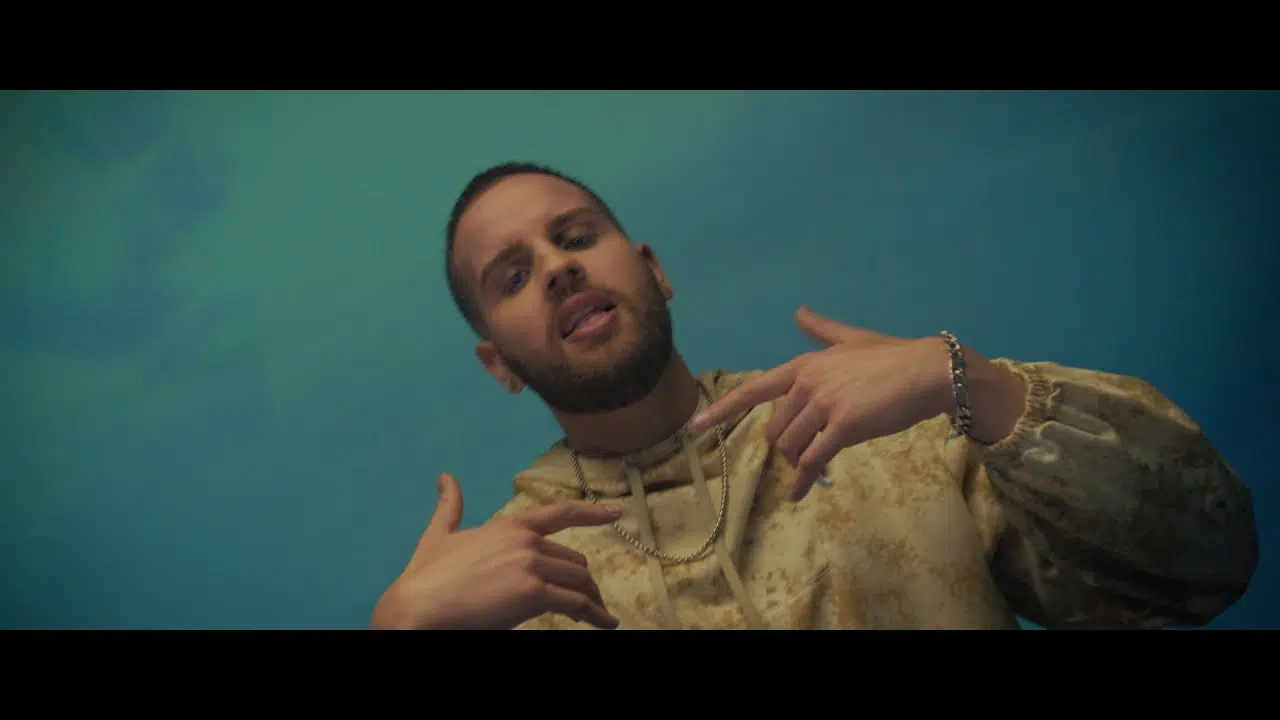Hip-Hop Feud Fades as Drake Retreats from AI Controversy
The Drake and Kendrick Lamar beef is getting hot. Drake is being incredibly intentional about beginning the year on a positive note removed all of his previous diss tracks from his social media, and nobody knows what is going on, yet.
This is roots of a conflict run quite deep. Anyone who’s been paying attention knows that Kendrick’s explosive verse on “Control” in 2013 started kindling a fire that’s played out over the years in music as subliminal shots and sub-ads full of allusions. This month, Kendrick stoked the flames with “Like That”, a scathing diatribe against the hegemonies of both Drake and J. Cole. Drake hit back with Push Ups and the Now Legendary Taylor Made Freestyle.
Drake has officially removed ALL of his Kendrick Lamar diss tracks from IG PIC.TWITTER.COM/QAWYDSBOLN
— Kurrco (@Kurrco) JUNE 6, 2024
However, this time, “Taylor Made Freestyle” went too far. Drake Stirred Trouble By Using AI-Generated Tupac Shakur Sound Clips This sparked outrage. Attorneys sent threatening warnings from Tupac’s estate; the ethics of using a dead artist’s voice without permission were front and center Drake took the tracks down under mounting pressure – a major blow to the rapper.
The case is only one example of the opaque legal and ethical territory around AI and music. Today, we will talk about the semantic copyright in the symbol: Does using an artist’s voice, even through AI, count as a copyright violation? The mystery surrounding this image is a product of a raging debate about artistic licenses, and we may see some consequences from this in the future as the digital age continues to fight for artists’ legacies.
Fan reactions are divided. Drake’s fans applaud his artistic ambition, but many others condemn it as tone-deaf. He added that commentary from industry figures also reinforces that we need to establish clear usage guidelines for AI. With Drake and Kendrick still silent, the fascination grows.
Drake pulling up did nothing more than announce a temporary truce. The rivalry will perpetually be brimming below the surface, prompting fans to wonder “what comes next?” A reconciliation will come, or will the lyrical sparring resume.
This feud, mixed in with some AI drama, only serves to emphasize the way in which the grounds of the music industry are constantly shifting. If art becomes technology, artists and the law will confront new challenges. It seems to be a weird testament to the power of music, even if it does highlight just how far we still have to go in this digital age of innovation.
The Drake-Kendrick saga is simply another chapter in the bibliographies of hip-hop, yet more than that it is the ebb and flow of the genre-ever changing in a familiar way. While the fans will likely count the days ahead to the next installment, one can be certain that the mix of technology and artistry will continue to churn the pot in ways that the industry has yet to see coming. Whatever the legal resolution of this story, this episode will doubtless crucially inform how artists negotiate their career and communal relationships in the years to come.


